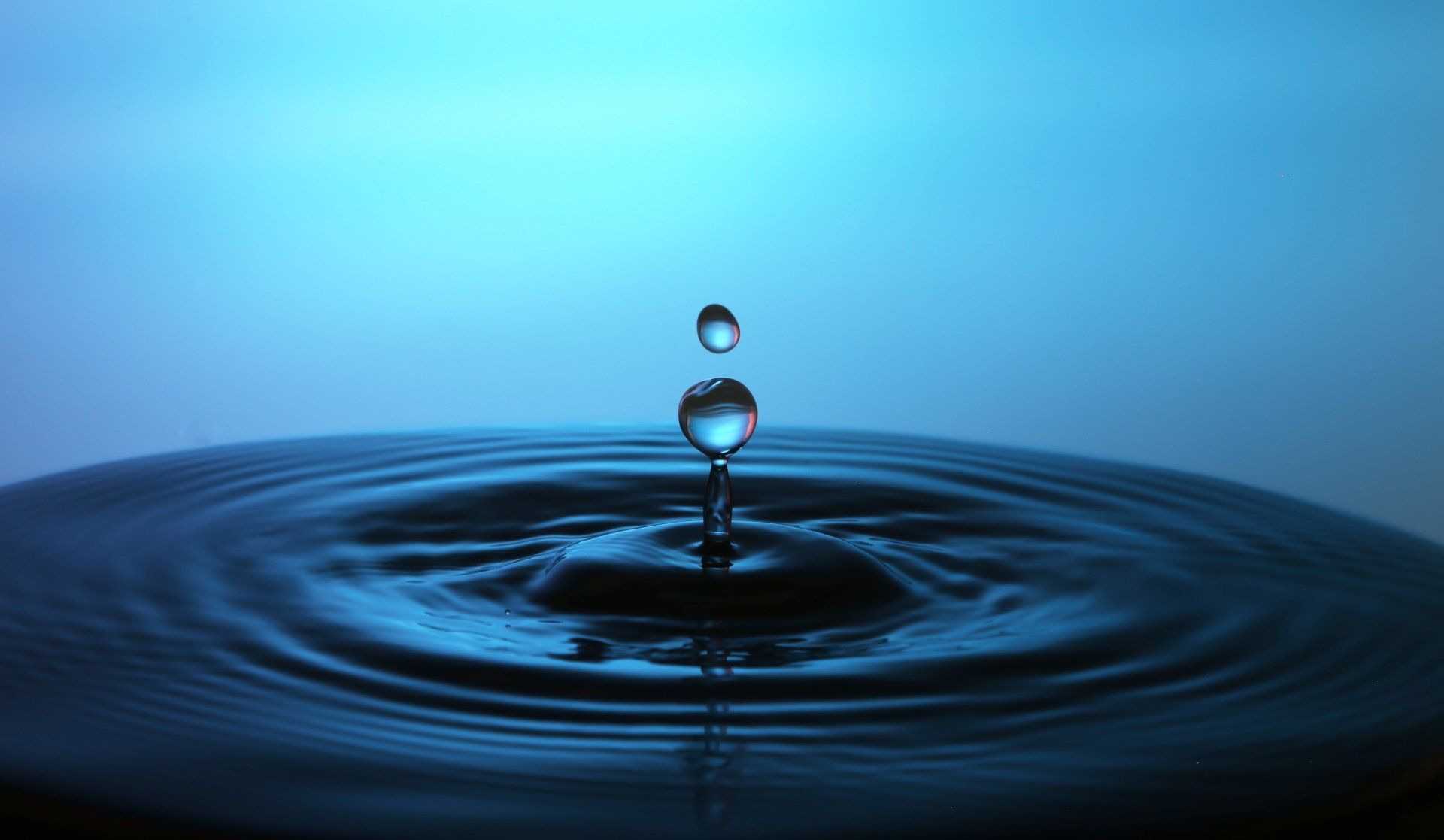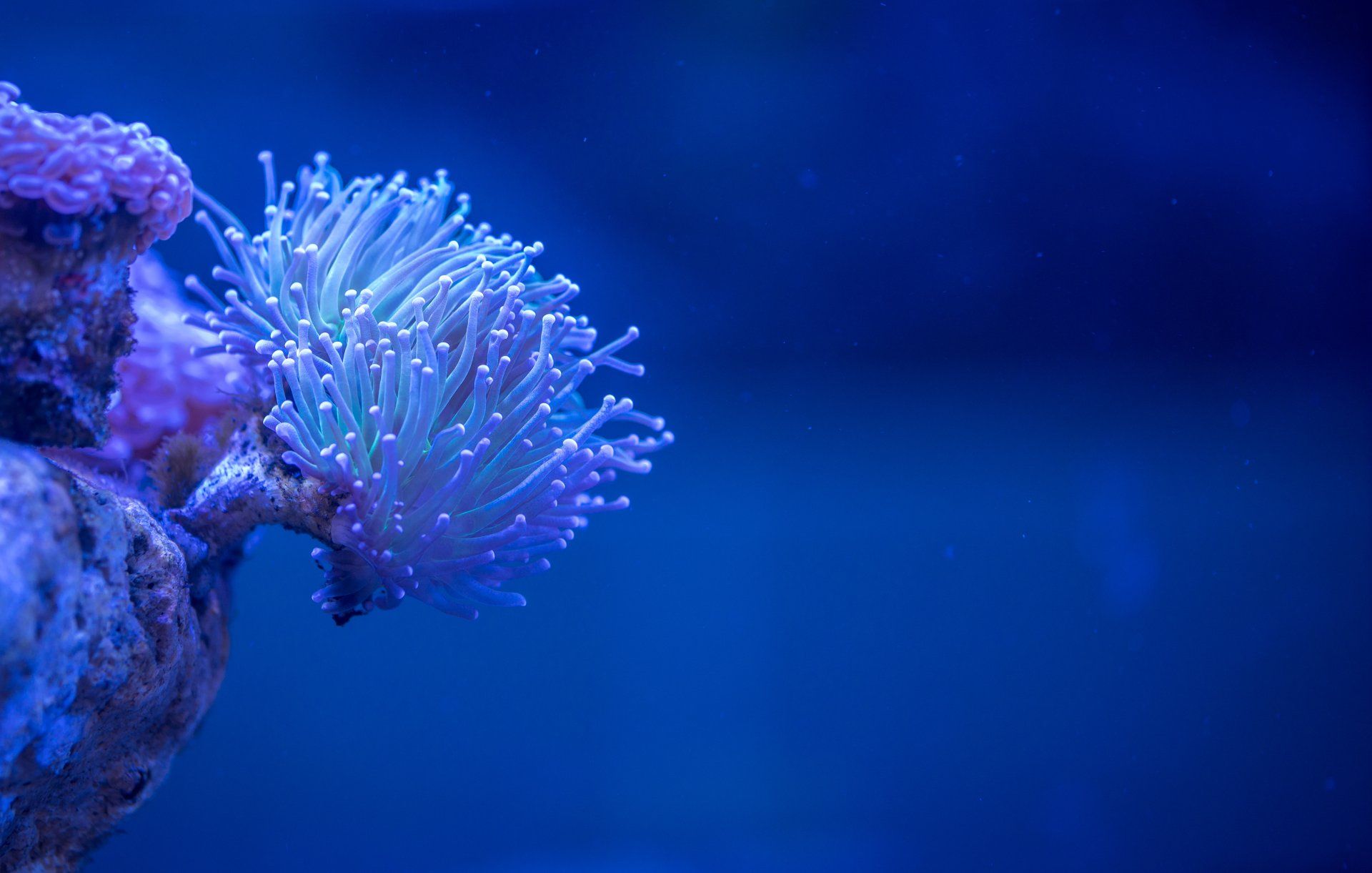Aeration | How does it work | Advantages and Disadvantages
With aeration substances dissolved in water are brought into contact with the gas phase (air) and are removed. In this blog we will discuss the purification technique aeration and will dive in the following themes;
- What is aeration?
- How does aeration work?
- What are the benefits of aeration?
- What are the disadvantages of aeration?
- What can be removed with aeration and from what can this be removed?
- Aeration and quality standards
"In addition to purifying, oxygen is added to water during aeration"
What is aeration?
Aeration is contacting a liquid phase with air, this happens in the water purification industry, for example through the use of a turbine aerator that pumps air through the water. Aeration of water can also be done via for example cascades, sprays and plate aerators.
USE OUR PURIFICATION TECHNIQUES SELECTION TOOL TO LEARN MORE ABOUT VARIOUS TECHNIQUES, CLICK HERE
How does aeration work?
With aeration substances dissolved in water are brought into contact with the gas phase (air). By the differences in concentration in the water and in the air substances can be introduced in the water, for example, oxygen that enters the water or from water substances can be transferred to the gas phase (eg removal of carbon dioxide).The last of the two is purification technique aeration. A purification technique which also uses the difference in concentrations of liquid and air are vacuum installations or vacuum degassers, these ensure, by creating a vacuum, that the solubility of an unwanted product is lowered in the water phase and therefore easier to remove.
what are the benefits of aeration?
- Air does not need to be purchased
- Natural process
- Effective, with correct conditions effective removal possible
- Addition, oxygen is added to the water.
- Mix, aerate ensures that the water is well mixed and remains homogeneous
What are the disadvantages of aeration?
- Costs, aeration costs energy
- Clogged pipes, higher mechanical stress and damage to aerators, for example calcium layers that form (due to the aerobic purification, the calcium carbonate settles)
- Odor, possible odor emissions to the environment
- Used air often needs to be purified
- Sensitive, low (outside) temperature can reduce the efficiency of air stripping
What can you remove with aeration and from what?
Via the purification technology aeration it is possible to remove or reduce volatile compounds, volatile organic compounds (VOCs) and carbon dioxide. One can remove these components from, for example, sewage, waste water, pond water and groundwater. A very positive one is that the technique also adds components such as oxygen.
Aeration and quality standards
NEN-EN 12255-15:2003 en - Wastewater treatment plants -Part 15: Measurement of the oxygen transfer in clean water in aeration tanks of activated sludge plants
In this blog we went into the basics of the purification technology aeration. We have commented on the following themes what is aeration, how does aeration work, what are the advantages and disadvantages of aeration and what can one actually remove through aeration. Also read our other and future blogs about various purification techniques.





